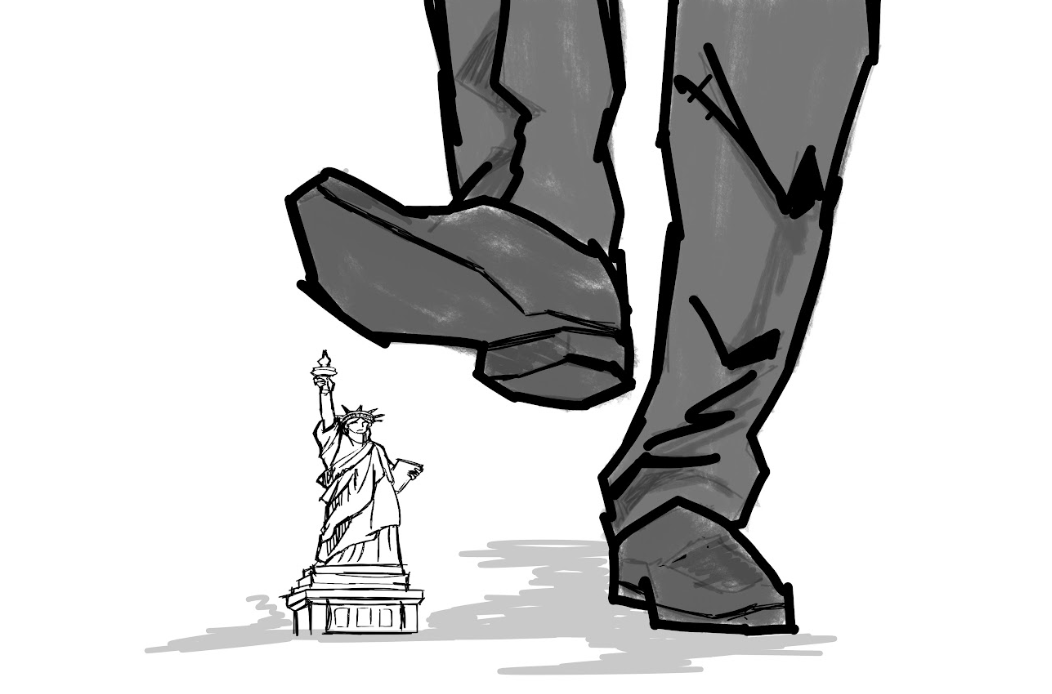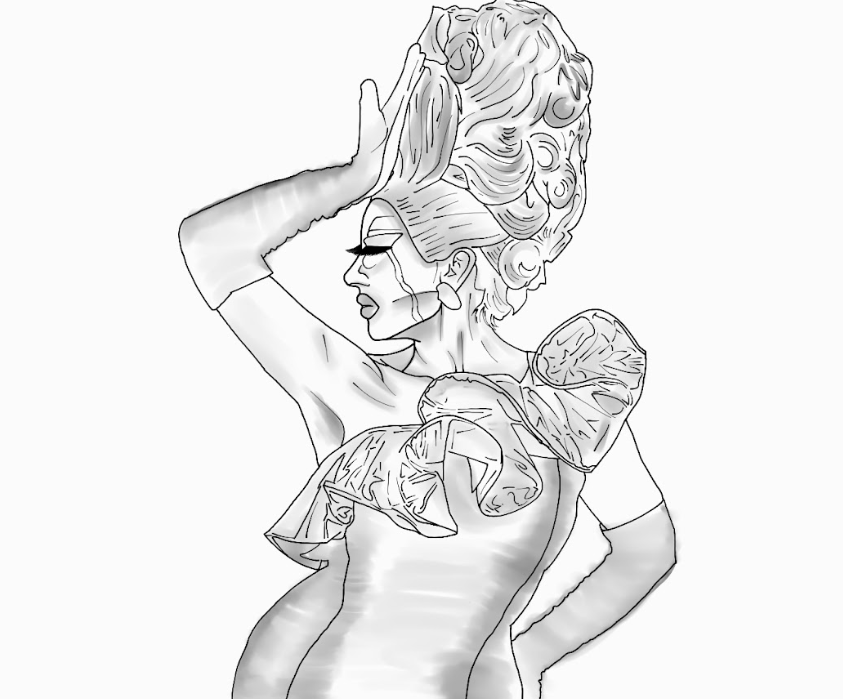Promoting a positive image for a specific body type can potentially alienate other body types in a quest for self-love.
There is unlimited availability of statistics on what an “average” woman looks like — height, weight, shoe size — but what constitutes an average woman?
Seemingly body-positive movements like “real women have curves” are created to promote social acceptance and beauty among a specific group of women. It’s understandable that such movements would be attractive to women who identify with their messages. However, curves do not constitute a real woman.
If a woman’s body isn’t shaped like a coke bottle, is she not a real woman?
The goal of these campaigns is admirable — promote positive body image within a group of women, usually underrepresented in mainstream media, who share similar physical commonalities. Nevertheless, these movements still alienate and make other women feel less than, and are ironically counter-productive in the mission of body-positivity.
Trying to create one ideal body type is destructive and unhealthy for all.
Positive body campaigns should highlight how women’s differences are what makes them beautiful — not what separates them into categories of attractive and unattractive.
Skinny, curvy, short, tall, pale, dark-skinned — women are individuals, beautiful in ways beyond social labels.









